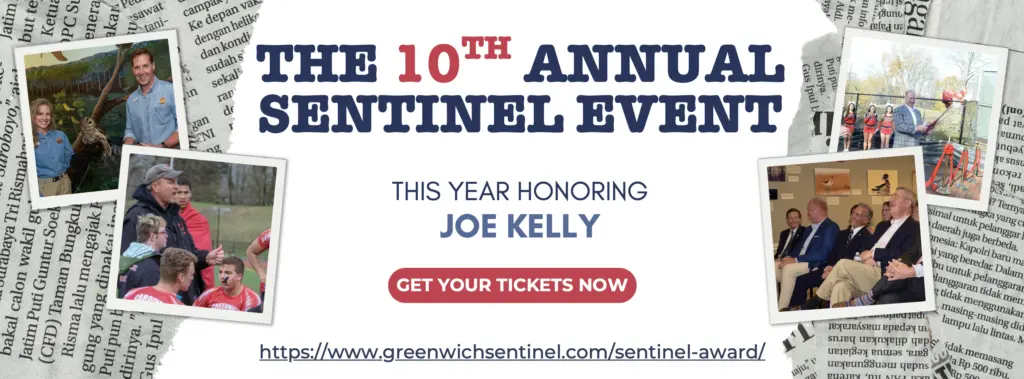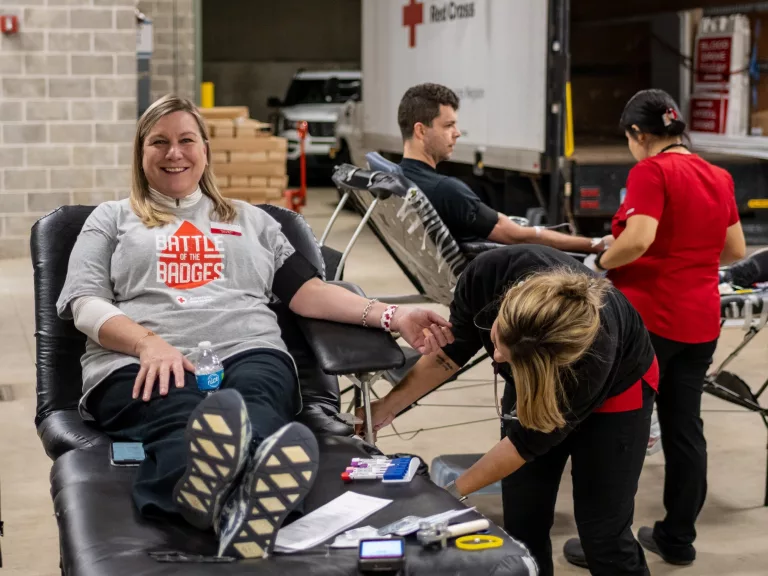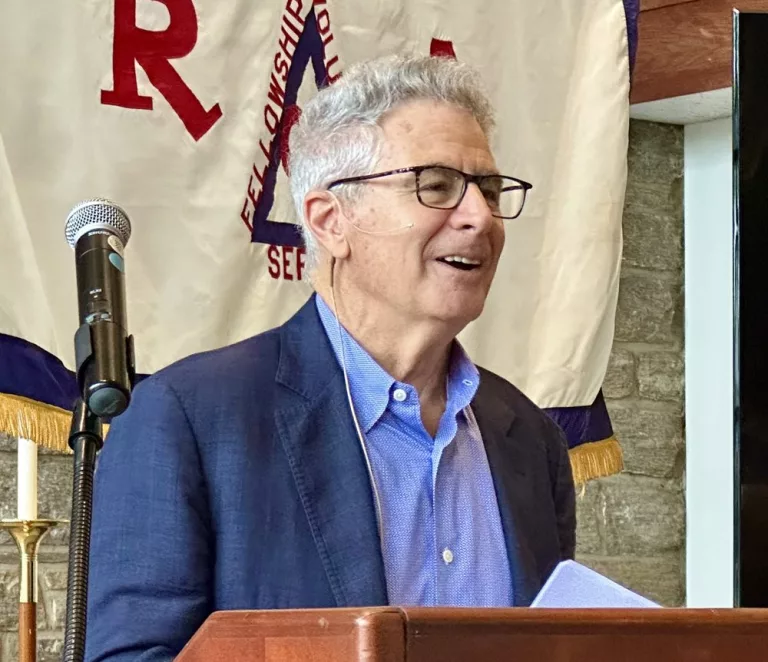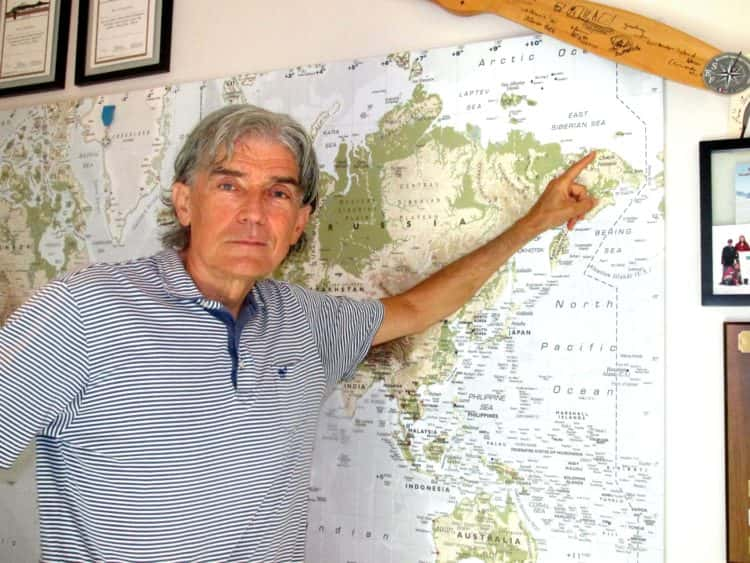
By Anne W. Semmes
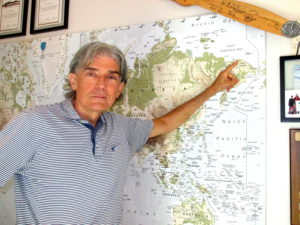
For Luc Hardy, our resident scientific explorer and environmental advocate, being grounded with no travel, counting 100 days and more, is a new experience. “It’s the first time in my life I am in the same spot,” he says, and surprisingly, “It’s been mostly pleasant. Even though I was supposed to be in March in Panama, in Trinidad April/May, then along the coast of Venezuela and French Guiana for a couple of projects.”
“So, all these projects have been postponed,” he tells, in his Cos Cob kitchen, “But they will happen in the future.” Confinement allowed Hardy, now mostly retired from his technology and investment advisory business, time to prepare, plot, and plan his expeditions, documentaries, and films related to those expeditions.
Hardy’s 2014 expedition/documentary, “The Pursuit of Endurance – On the Shoulders of Shackleton” wherein Hardy followed the steps of Ernest Shackleton’s 1914 expedition in Antarctica, has left a memory for many when it was shown in Greenwich at the French Film Festival. In that film Hardy had used drones to capture unforgettable images of masses of seals, penguins and elephant seals. His interest only grows to explore and record the state of the natural world.
Today, Hardy is finally taking off to the Caribbean, to Martinique, St. Lucia, and possibly to volatile Haiti, in search of the impact of the fast multiplying brown algae or floating seaweed called sargassum that gave its name to the Sargasso Sea that is part of the Atlantic Ocean, beginning west of Bermuda. Hardy attributes the seaweed’s new invasiveness – it’s now on the beaches of Africa – partly to warmer waters with climate change. In November, Hardy plans a three to four-week mid-Atlantic sailing expedition with other invited scientists to collect sargassum, to result in a documentary film, “Pax Sargassum.”
In September the musk ox calls. Hardy will be off to frigid Siberia to help a Russian scientist father and his scientist son “recreate biodiversity” by bringing a number of musk ox on a 20-hour boat ride to an island in the Bering Strait called Wrangel Island. That expedition/documentary film is to be called “The Zimov Hypothesis” after the scientists. “According to the Zimov’s hypothesis,” Hardy shares, “ a large scale reintroduction of herbivores would stop the permafrost melting and the resulting environmental catastrophe…This frozen layer under the earth’s surface incubates millions of tons of methane, a powerful greenhouse gas. Just a few degrees warmer, and the fragile permafrost will set off a climate bomb.”
Meanwhile, Luc Hardy is able to fit in a favorite sport, professional polo playing in Argentina twice yearly. It is there he discovered cloned polo ponies. “In Argentina, the best players in the world clone their best mares, their best polo ponies.” He shows a teaser to a documentary film, due out in December, called “Clonimal,” and there they are, handsome young polo pony clones with only the slightest differentiation of the white figuring on their faces. Hardy with his French co-producers are using these pony clones to address the wider subject of cloning and its use in biodiversity.
It was last year that Hardy did some deep diving, both scuba diving and in a submarine to depths of 600-800 feet. “I was doing a deep coral expedition in Curacao.” That resulting 40-minute documentary film is called “The Edge of Life,” he says, “because it is so deep and you can hardly see anything but the headlights of the submarine.” It was due to be shown at the cancelled April Panama International Film Festival. Perhaps, he suggests, we will be able to see it in October at the postponed French Film Festival. And then there’s the Bruce Museum – with Hardy now a member of the Museum’s Science Committee, surely that’s another venue.
